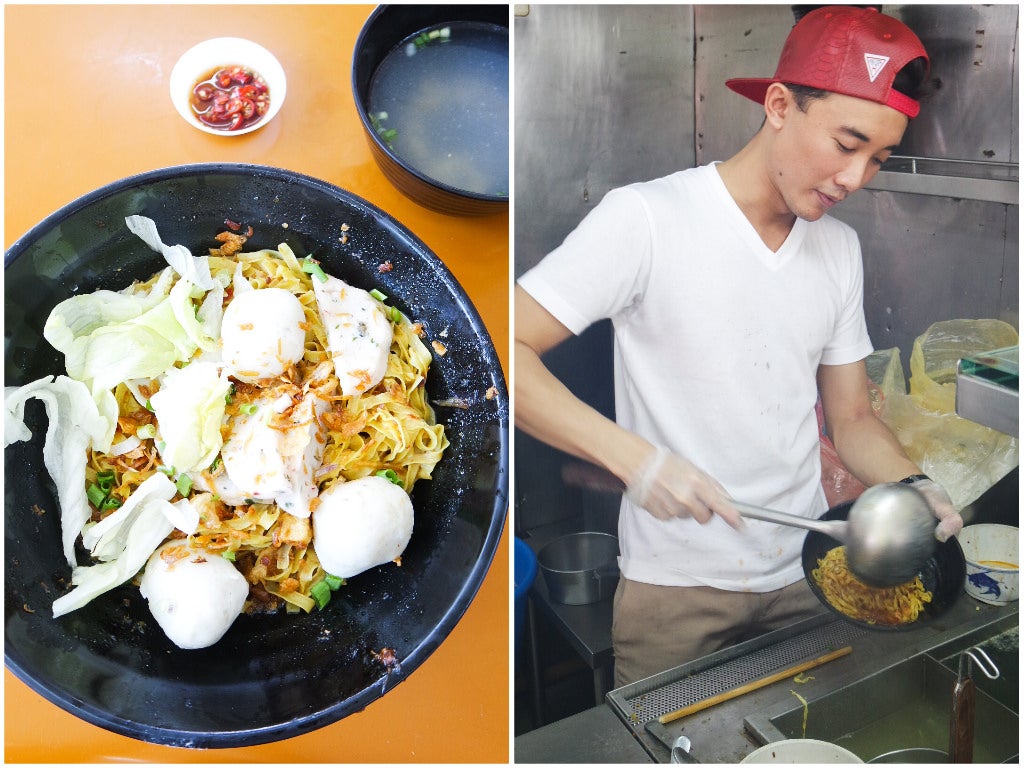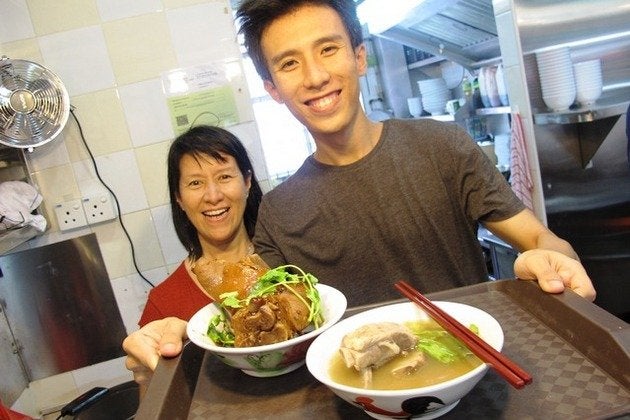It may be quite daunting, when one has to admit to friends that their parents are hawkers. It’s a bad presumption where many would naturally assume that they are poor and uneducated people who are not well off. Despite the stereotype, hearing hawkers tell that their children are studying abroad is something which is quite common and it proves that operating a hawker stall can indeed be a lucrative business if done right. Especially with Malaysians who are known to be huge foodies!
Since the business runs fully based on cash from the ongoing transactions, all it takes is dedication to see the money flowing in.

Recently, a new trend has arisen where the public are leaning towards hawker stalls as cafes become overly saturated and boring.
No longer are hawkers only the elderly people in their mid-30’s to 50’s, but young people too are jumping the bandwagon knowing the profitability and potential from this simple occupation.
There’s even a Singaporean hawker training program which became so popular that it had to be suspended. SUSPENDED!
The amount of participation was too much that there were no more places left at the hawker centre operated by Fei Siong Food Management.

The entrepreneurship program was launched last year, providing training for hawkers and have received more than 60 entries out of the 18 spots made available. That’s over 300% success rate.
Even after the enrollment period was over, the program continued receiving over 40 more applications coming from places as far as Australia.
Mr Tan Kim Siong, a previous hawker of 13 years, who is now the managing director of the Fei Siong group, shares that most applicants are young with an average age of 30. Untrue to the general misconception, most of them are actually diploma or degree holders. He also explains the importance of setting the right expectations for his students.
“We also made sure that they are aware that being a hawker involves a lot of manual work and that the hours are long”.

This coveted program was awarded the National Trades Union Congress May Day Partnership Award for enriching the workplace and building a strong partnership with the labour movement.
Workers under the Fei Siong program will be given a monthly salary of SGD $3000 for the first 3 months until they open their own stalls. And even if they decided not to, they would still have the choice of being segregated to another division under Fei Siong.
Mr Tan also explains that this program is specially designed with a single goal to maintain and preserve the culture and practice of local hawker food, especially within the growing younger generation.
Mr Koh Seng Choon, executive director of social enterprise, Project Dignity shares that since the year 2012, three thousand people have been trained.

A fellow worker, Joey Teo, 27, is currently selling Satay, Bee Hoon, and Laksa. She holds a diploma in psychology and currently pursues a business degree part time while operating her stall.
She explains how it has always been her desire to open a Laksa stall, and that opening cafes are just too common these days.
“My friends thought that I wouldn’t be able to stand the heat and stand for long hours, but I always wanted to open a stall selling laksa because it is my favourite dish.”
“Opening a cafe is too common nowadays and I also had to consider factors like capital.”
“Manpower is my biggest challenge. I now hire two part-time assistants to help me.”
“Initially, I had problems commanding respect among my staff because of my age. I have to learn to be respectful and firm at the same time”.
People love hawker food as they are cheaper and more delicious. Cafes are expensive because you’re paying for the environment too.






































